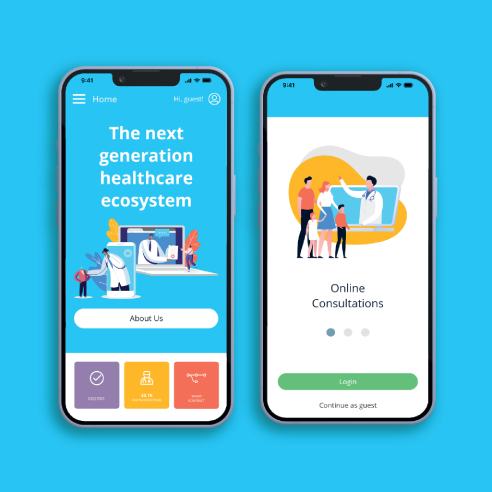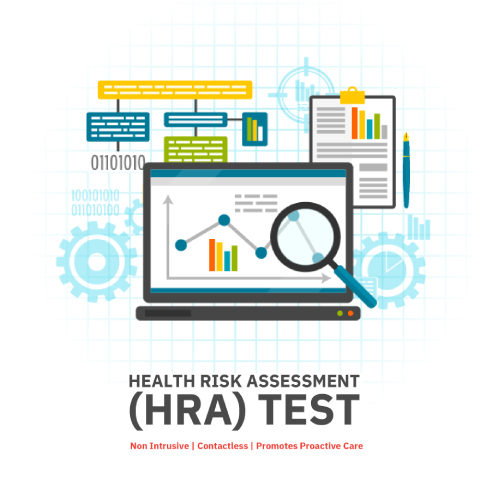
Call Three application helps you tackle your organizational issues proactively and constructively. You can ensure that your team is working in a protective space where they can express themselves without being objectified, discriminated and penalized.
When employees are happy and productive, organizations are healthier overall. Our coaches provide employees with objective, unbiased, and action able guidance; helping them address everything from coworker conflict to performance-related stress, and giving them the tools they need to go forward.
Features: Digital Dashboard, Timeless assistance, Cross Platform coverage, E2E encryption.

PODS is a self-service one-stop solution for all the healthcare needs. Registered users can conduct their test and generate their health reports in no time following few simple steps. Your employees can now actively participate in the preventive healthcare movement.

In today’s fast-paced world, access to quality healthcare is essential, but it is not always easy to come by. Telemedicine, a burgeoning field in healthcare, bridges the gap between patients and healthcare professionals. The concept of a telemedicine app, its significance, features, benefits, and challenges.
Beneficial Telemedicine apps have emerged as a game-changer in B2B healthcare, providing convenient access to medical services while improving the overall patient experience.

Non-Intrusive|Contactless|Promotes Proactive Care
AI powered online tool that immediately predicts potential health risks based on the inputs provided. The HRA is our new self-management tool intended to serve as a supplement to your regular health screenings. It is designed to identify risk factor and provide you with actionable suggestions to improve and protect your health and wellbeing.
The assessment takes hardly 2-3 mins to complete.